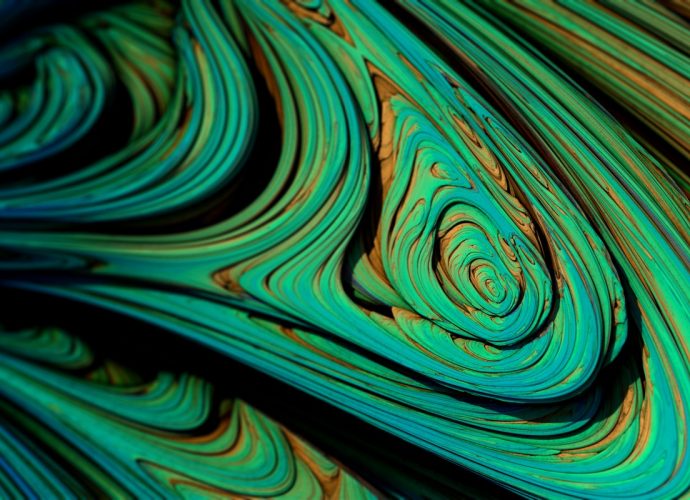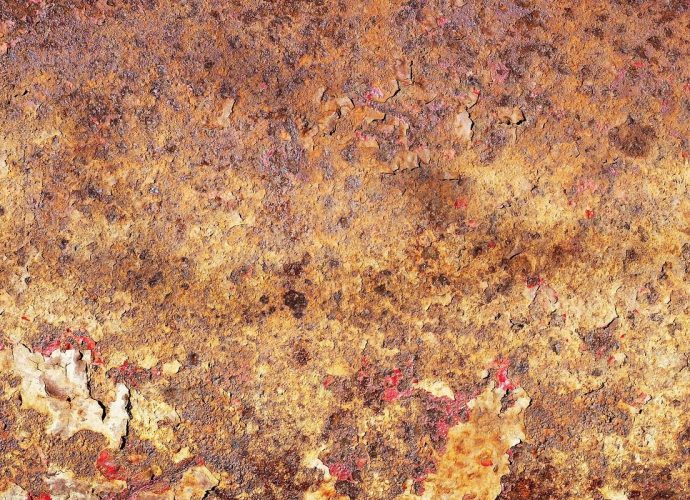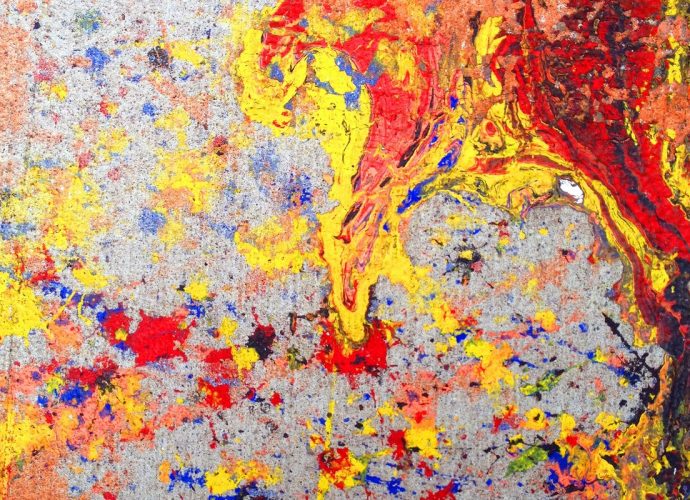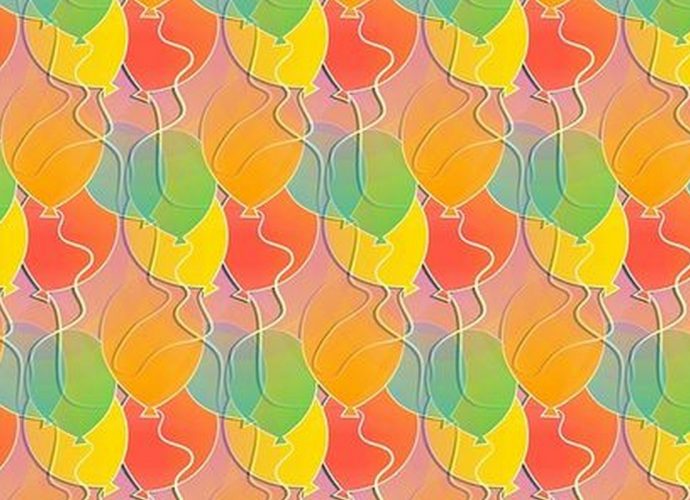What Is The Meaning Of Endogenously In Biology?
Endogenous is a fancy term for anything that originates internally. You’re most likely to see the word endogenous when you’re dealing with biology, but it can mean “coming from within” in other senses too. Use it for anything that originates inside a system. What does endogenous mean in chemistry? “Endogenous”Read More →








